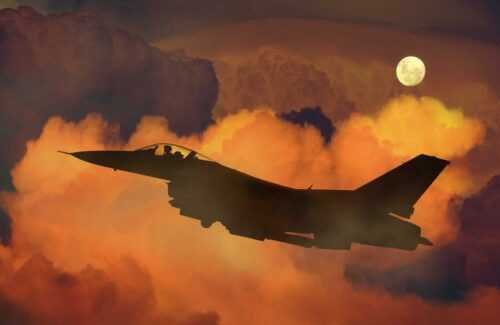
Copters are falling, and this is relatively normal. But each pilot can independently minimise the probability of a fall. DJI best foldable drones for travel analysed calls and telemetry records and compiled its own rating of the causes of drone crashes.
I recommend that you familiarize yourself with possible prevention of emergencies. It is also highly recommended for reading for beginners who, when buying such a not cheap device, think that automation will do everything for them. No – the automation only provides stabilization. Flight control and preparation is entirely human responsibility. At least for now.
top 10 Pilot Mistakes
CSC in flight (a combination of sticks in flight)
Despite the fact that the command for starting and stopping the motor was chosen so as to minimize the accidental combination, beginners often manage to bring the sticks to the center and down or vice versa from the center and down during the flight.
It is not very clear what kind of aerobatics they are trying to perform, but this happens often.
Solution: Never execute these commands in the air. The only exception is an emergency when there is no other way to avoid more serious consequences than a drone crash.
Shooting the propeller
Sure, self-tightening propellers are a handy innovation, but some users just slip the propellers onto the shaft and think that this is enough, but it can cause the propeller to shoot off at high rpm
Solution: Never leave the propellers spinning on the motor. It doesn’t matter whether you are using self-tightening or quick-release propellers. Always hand-tighten the propeller all the way and make sure it is tight before takeoff.
Crash at auto return home (RTH Crash)
You shoot a beautiful building (tree, hill, tower, etc.) and fly over it. The control signal suddenly disappears because there is a building or other obstruction between you and the aircraft. Automation turns on the return to home function, the aircraft flies home in a straight line and crashes into the subject.
Solution: Set your return to home altitude higher than any obstacle in the terrain you are flying. MC Settings-Advanced settings-Failsafe mode
Auto landing away from home
When your battery runs out, you have 10 seconds to deactivate the RTH (Auto Return to Home) function. After canceling RTH, you can continue flying, but as soon as the battery reaches the 2nd discharge level (usually 10%), the aircraft will automatically land.
The pilot will no longer be able to disable auto-landing but will be able to control the rotation and move the aircraft left-right, back and forth. And it will be very good luck if the copter lands on open ground. If there are trees or water under you…
Solution: Return home immediately after the low battery warning goes off.
Flights out of sight
Flying out of sight is very dangerous because all you can see is only video from the copter’s camera, which limits your idea of reality and may give an incorrect sense of height, direction, speed, etc. It also increases the chances of crashing into objects that cannot be seen on the screen, such as wires.
Solution: Do not fly out of sight unless you are confident in the safety of your surroundings.
We look at the monitor and fly back
Everyone loves this kind of footage, but when flying backwards, you can’t see where the copter is heading and it’s very easy to crash into an obstacle. It’s like walking backwards, not looking where you are going.
Solution: Do not look at the screen all the time; look at the aircraft and its surroundings sometimes.
Indoor flights
When flying indoors without GPS, the aircraft will drift in space. Auto-stop, when the sticks are released, does not work. It is very difficult for pilots without experience to control this process.
Solution: Train in open terrain in ATTI mode to get a feel for how the drone behaves without GPS hold.
Failsafe and climb
As we know, if the aircraft goes beyond the 20m zone from the take-off point in the event of a decrease in the battery charge level, the aircraft will turn on Failsafe RTH mode, begin to climb and then move towards the house.
So, many pilots, having received a warning about a decrease in the charge level, begin to land the copter by hand, without cancelling the auto return home.
If the copter is more than 20m from the take-off point, being already almost on the ground itself, the RTH mode is activated and the copter begins to climb to the return home altitude to fly towards the home point.
Many pilots start to panic that the copter has decided to fly away without permission and often turn off the motors. Also, the copter can crash into the crown of trees, roofs, etc.
Decision
- Remain calm, the aircraft will not fly away.
- Land close to the take-off point.
- Do not forget to cancel the RTH mode and plant the device manually.
Bad surroundings are the cause of a large proportion of crashes
What is a bad environment? A city is full of skyscrapers or other surrounding tall buildings, power plants, TV towers, mobile repeaters, any signal or electromagnetic source.
Solution: Fly only in open areas, away from buildings, power lines and other areas described above.
Braking distance
Flying at high speed is a great experience. But sometimes obstacles can appear on the way. You can crash simply because you don’t have time to stop.
Solution: As with a car, the drone has a stopping distance, keep this in mind. It is better to start braking in advance than to urgently brake provoking an extreme situation and risking a crash.
Read Also:






